INTRODUCTION
Toi Moana Bay of Plenty Regional Council is developing a regional biodiversity strategy that will support local efforts to deliver meaningful outcomes for nature. This is a requirement under the National Policy Statement for Indigenous Biodiversity, which came into force on 4 August 2024. We are at the early stages of strategy development.
Why is biodiversity important?
Biodiversity is the many kinds of living things (plants, animals, insects, micro-organisms) in a specific place or ecosystem. Biodiversity plays a key role in our everyday lives, providing us with the ‘services’ we need to survive and thrive, such as water purification and regulation, creating and maintaining soils, nutrient cycling, pollination, climate resilience and recreational opportunities.
We have flora and fauna that can’t be found naturally anywhere else in the world. This makes our indigenous biodiversity special, highly vulnerable and irreplaceable.
Find out more here: BOPRC Biodiversity webpage
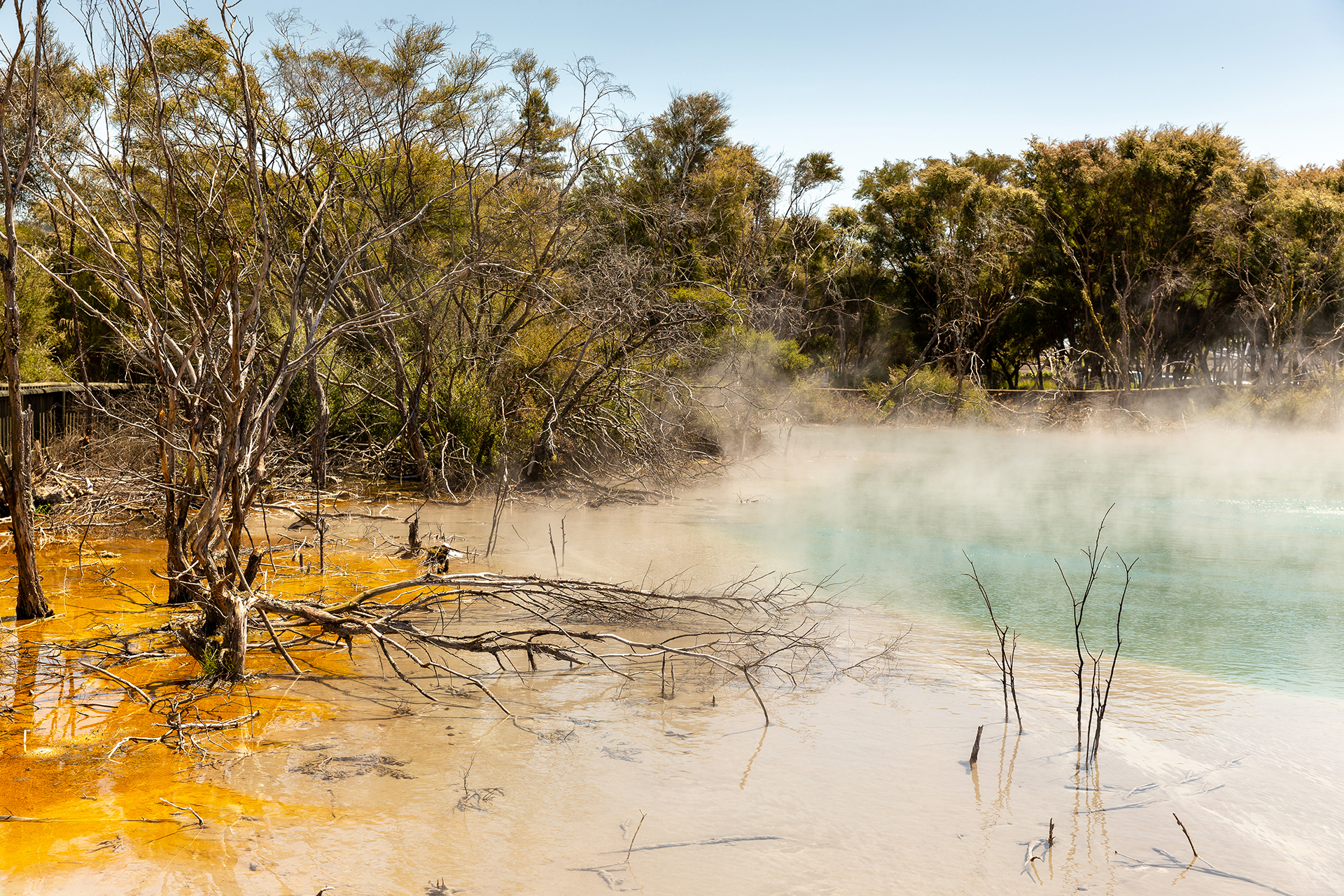
Kuirau Park, Rotorua
Why do we need a strategy?
A lot of positive mahi related to biodiversity is already happening in our rohe. However, we know biodiversity continues to decline and a collective response is required.
A strategy is a way to bring partners and organisations together, with a shared purpose and direction to deliver meaningful biodiversity outcomes across the rohe.
This is where you come in!
We want to develop this biodiversity strategy alongside our partners and stakeholders who are already working in this space. Your feedback will help shape the direction of the strategy and inform a regional symposium we are planning to hold in early 2026.
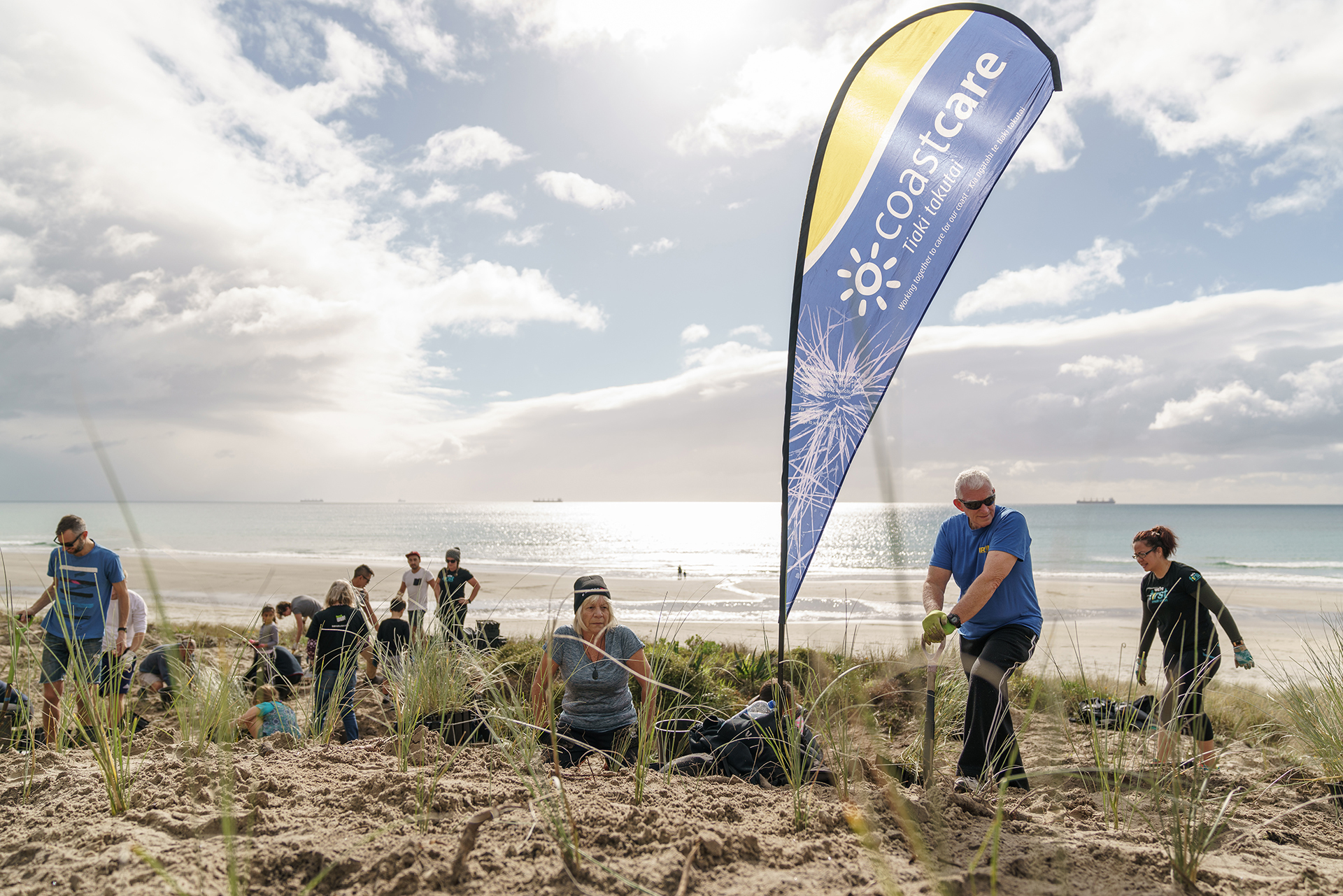
Coast Care planting day, Omanu Beach
HAVE YOUR SAY
We're keen to hear from groups and organisations who would like to be involved in shaping a regional strategy to protect and enhance biodiversity in the Bay of Plenty. We ran a survey to better understand the perspectives of community groups and organisations working in biodiversity protection and environmental restoration.
The results of this survey are helping us plan a symposium to seek input to the regional biodiversity strategy, which will take place in 2026.

Tui in flax, Katikati
Quick Poll
How would you like to contribute to a regional biodiversity strategy?
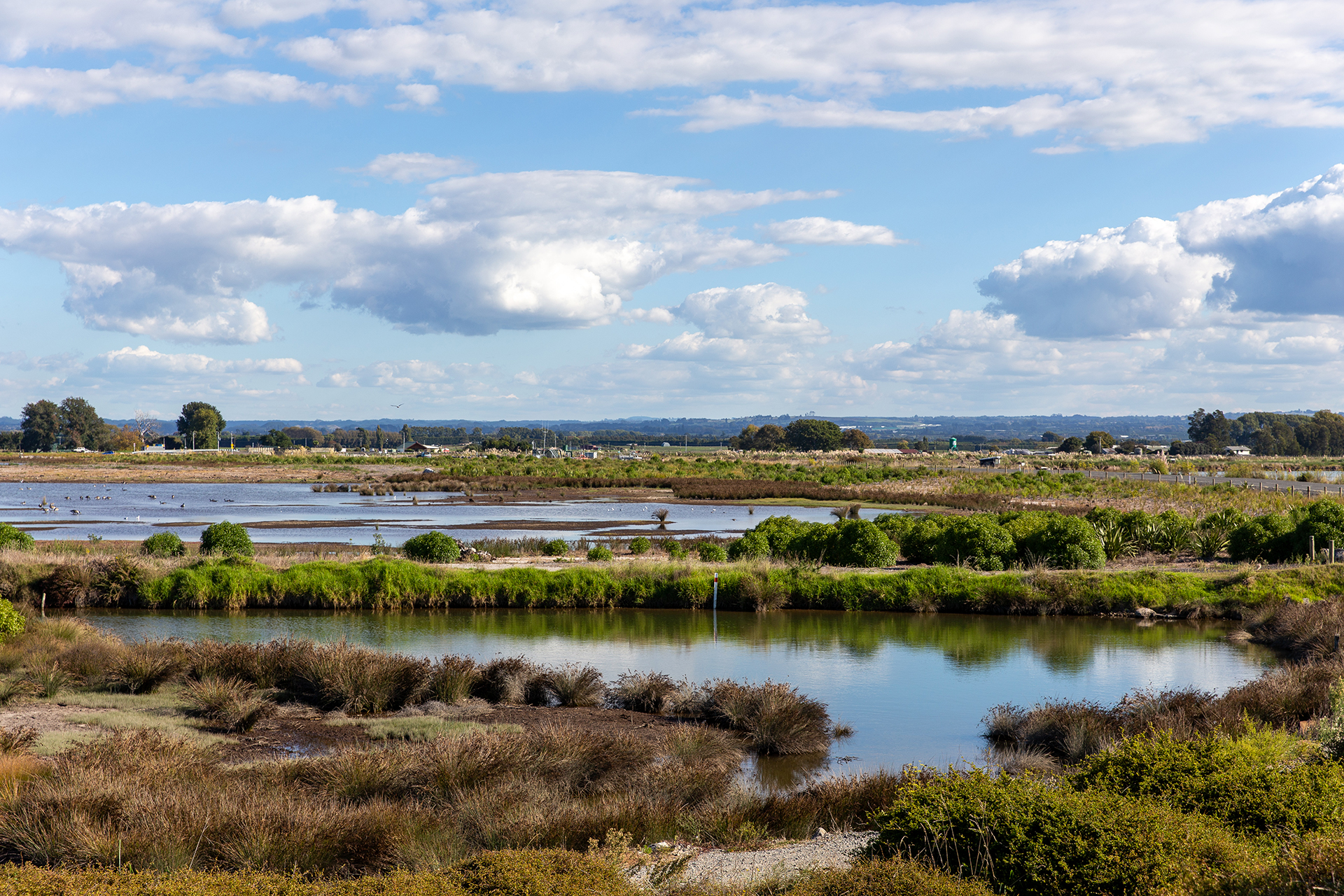
Maketu Spit Estuary
Got a question for our team?
Post your question here and one of our team members will get back to you as soon as possible.
To ask a question you must create an account or log in.
These are the people that are listening and responding to your questions.
Stephanie Macdonald
Community Engagement Team Leader
{{question.description}}
IWI and HAPŪ
Early conversations through co-governance forums have indicated a desire from iwi and hapū across the region to help shape a Regional Biodiversity Strategy. The next step in our engagement process is to engage directly with iwi, hapū and Māori land trusts and organisations to understand how they would like to be involved in the development of the strategy.
We understand that iwi and hapū are currently responding to a range of issues, challenges and changes in the resource management and kaitiaki space. We also recognise that you must balance your time, resources and energy across a wide landscape, and may not always have the capacity to engage.
Ways to get involved
Partner and Stakeholder Survey
We ran a survey to help us understand the context our partners and stakeholders are operating in and how you might like to be involved in this kaupapa in September and October 2025.
Biodiversity Symposium
Early conversations with Iwi from across the region, and the clear direction and expectations that iwi planning documents from across the region, have expressed strong interest from Māori with regards to biodiversity, taonga species and the tikanga that Māori apply to these taonga. To this end, council are planning a Regional Biodiversity Strategy Symposium to confirm a shared vision and priority actions.
Although we are still planning the details of the day, please save the date Thursday 5 March 2026, 9am-3pm in Tauranga for a Biodiversity Symposium. Register here for the event.
Kanohi ki te kanohi
Alternatively, we are open to connecting kanohi ki te kanohi, over the phone, via Zoom or email if you would prefer. Please contact Lisa Power, the Senior Planner leading this strategy development, on biodiversity@boprc.govt.nz or 0800884 884 extn 9322 and let her how you would like to be involved.
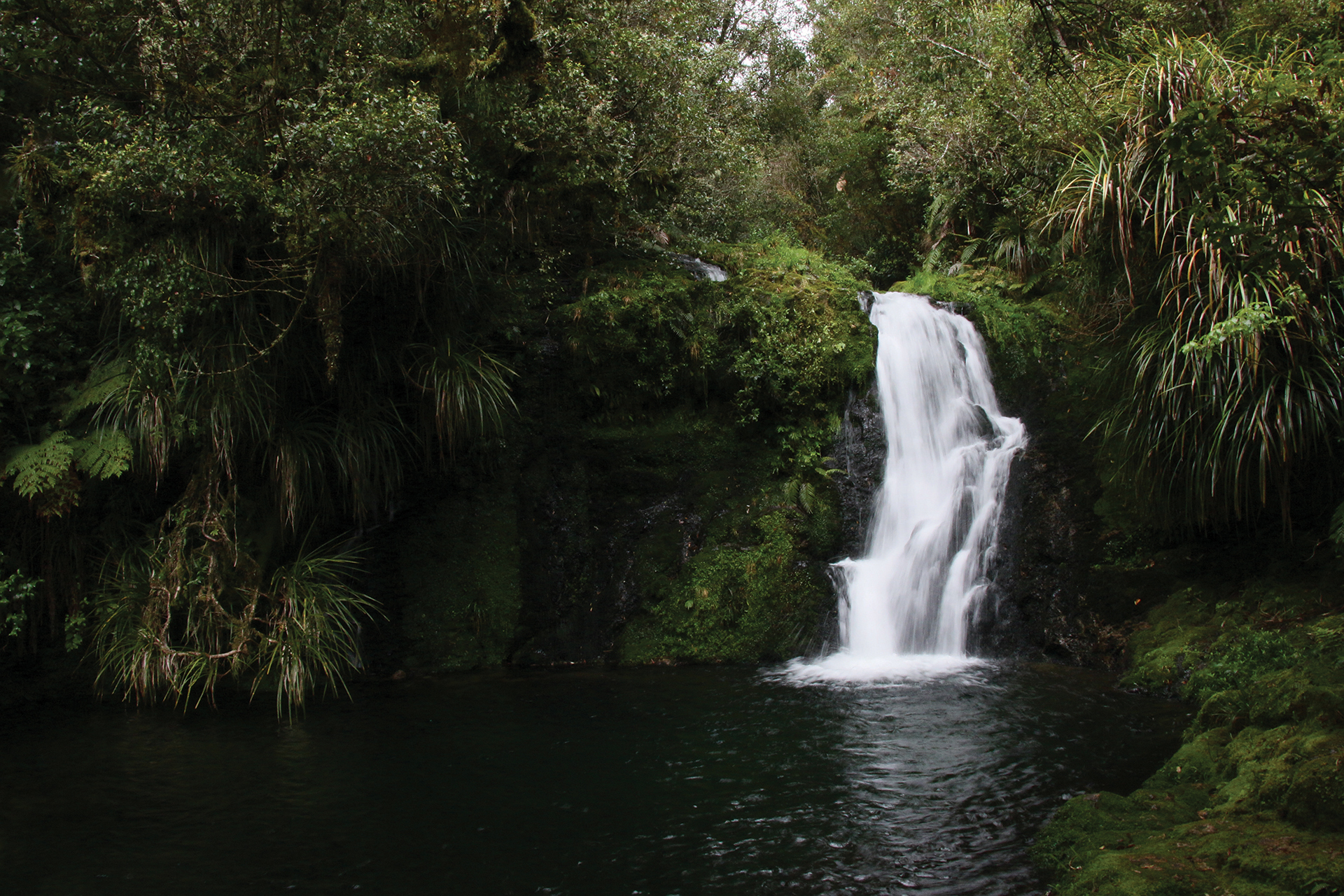
Whataroa Falls, Ōtanewainuku Forest
STRATEGY DEVELOPMENT
Who are we talking to?
Across the rohe, there are more than 100 organisations, including iwi and hapū, territorial authorities, government organisations, environmental charities, local care and catchment groups and government organisations, doing amazing work to protect nature.
Staff are reaching out to these biodiversity partners and asking them:
- How the region could benefit from a regional biodiversity strategy
- What are the strengths and challenges for those working in the biodiversity space.
- How could these issues be addressed or supported through a regional biodiversity strategy
- What a collective approach might look like in action
- Where partners see themselves in strategy development and implementation
There are no preconceived ideas of what the strategy should contain. Our approach will be to listen and ensure that any new strategic statement aligns with the region’s needs.
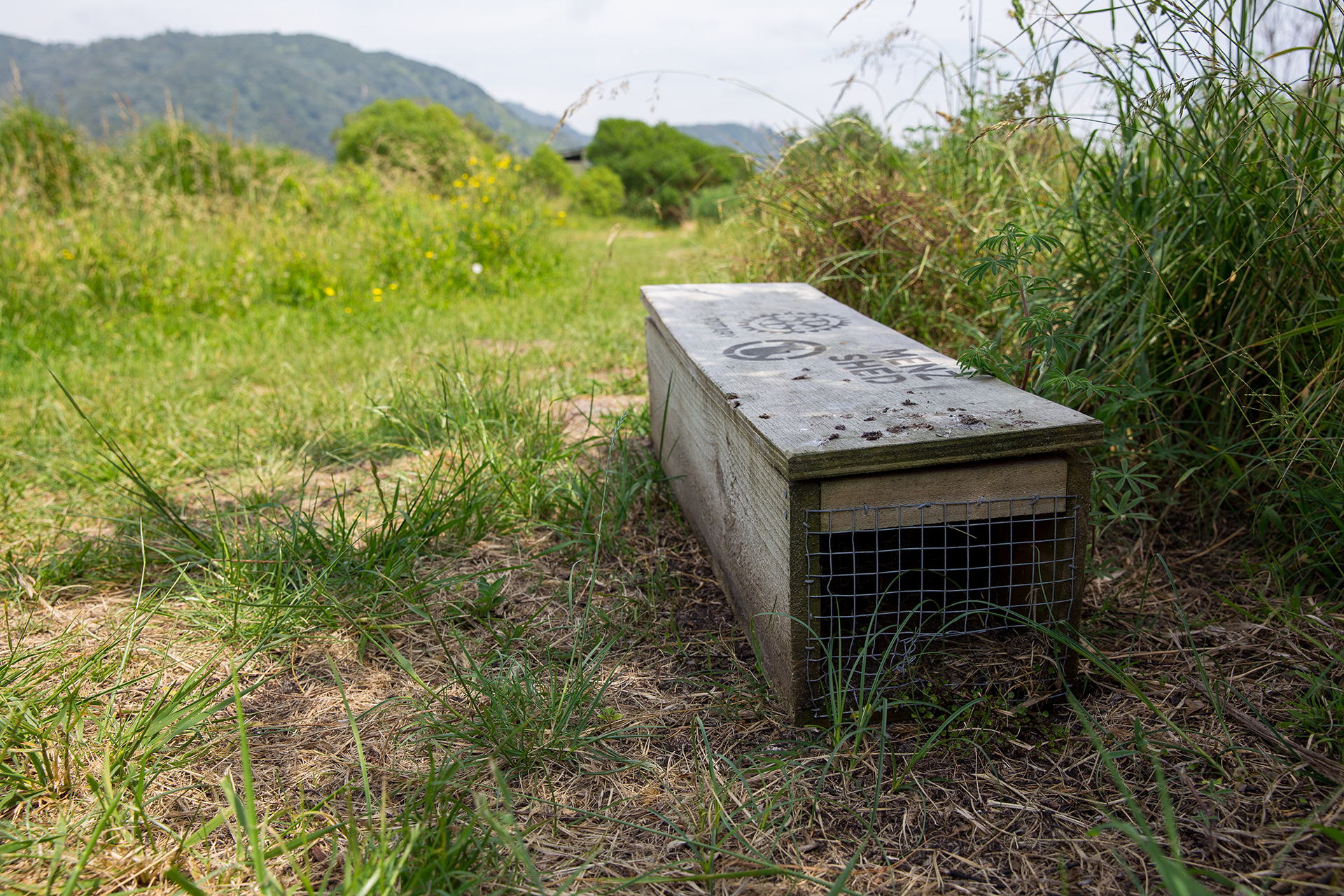
Trap, Matatā Wetlands
What direction does the National Policy Statement on Indigenous Biodiversity provide?
Appendix 5 of the National Policy Statement for Indigenous Biodiversity 2023 states that the purpose of a regional biodiversity strategy is to promote the landscape-scale restoration of the region’s indigenous biodiversity.
To achieve this, every regional biodiversity strategy must:
- set out a landscape-scale vision for the restoration of the region’s indigenous biodiversity
- provide for resilience to biological and environmental changes, including those associated with climate change
- recognise biological and physical connections within, and between, the terrestrial environment, water bodies, and the coastal marine area
- support the achievement of any national priorities for indigenous biodiversity protection
- record:
- the actions and methods intended to promote the maintenance and restoration of indigenous biodiversity, and increase in indigenous vegetation cover in the region
- actions that will be undertaken by local or central government
- actions that the community, including tangata whenua, will be supported or encouraged to undertake
- how those actions will be resourced
- specify milestones for achieving the strategy’s purpose
- specify how progress on achieving the strategy’s purpose is to be monitored and reported on and measures to be taken if milestones are not being met.
A regional biodiversity strategy may also:
- include measures that are intended to implement other objectives, such as biosecurity, climate mitigation, amenity, or freshwater outcomes, where those measures also contribute to protection and restoration of indigenous biodiversity
- identify areas intended for restoration in accordance with clause 3.21 of the National Policy Statement
- identify areas in which indigenous vegetation cover is proposed to be increased, in accordance with clause 3.22 of the National Policy Statement.
The following must be taken into account when developing a regional biodiversity strategy:
- any National Biodiversity Strategy issued by the Department of Conservation
- opportunities to engage the community, including tangata whenua, in conservation and, in particular, to connect urban people and communities to indigenous biodiversity
- opportunities for partnerships with the Queen Elizabeth II National Trust, Ngā Whenua Rāhui and others
- considering incentive opportunities specific to specified Māori land
- co-benefits, including for water quality and freshwater habitats, carbon sequestration and hazard mitigation
- alignment with strategies under other legislation





